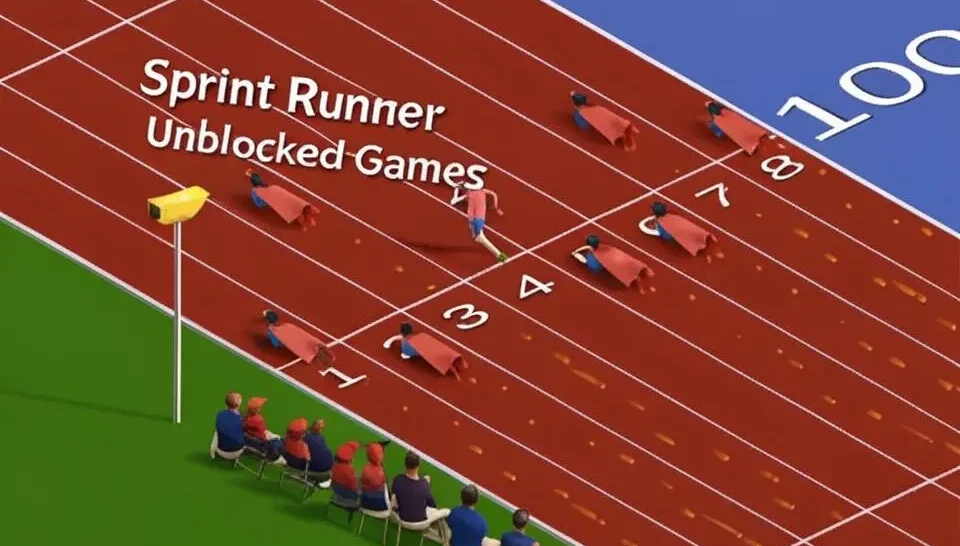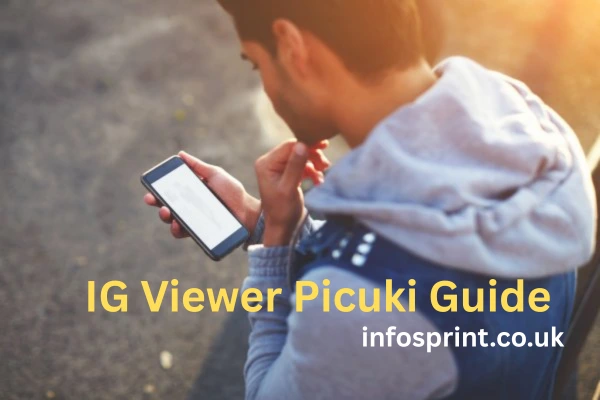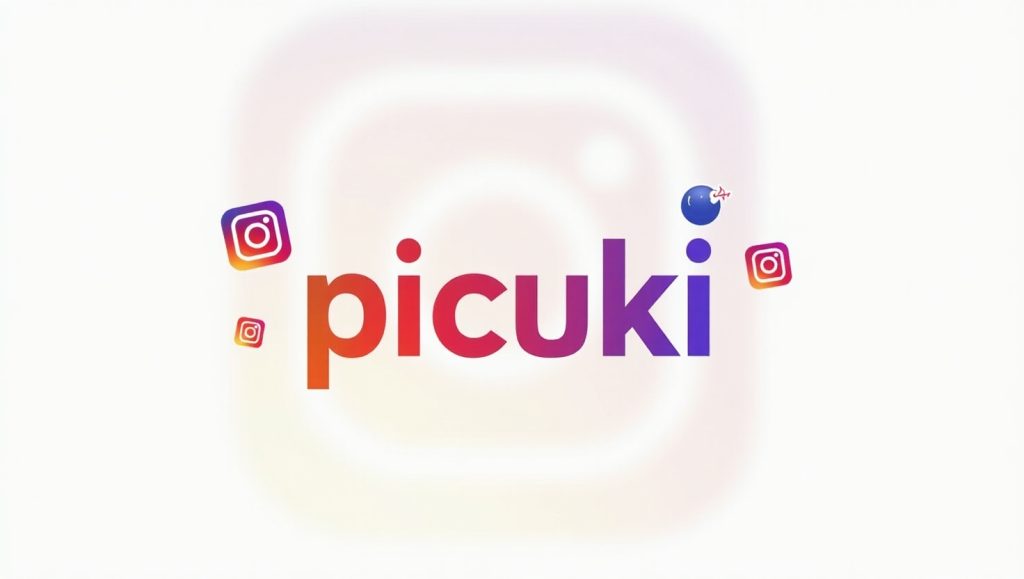Completing a triathlon is a huge achievement. You swim, bike, and run your way to a finish line that once seemed impossible. For many aspiring triathletes, the sprint distance is the perfect entry point. It’s challenging enough to be a true accomplishment but manageable for beginners. The key to success is having a solid plan. This guide provides the ultimate sprint distance triathlon training schedule to help you cross that finish line with confidence.
A sprint triathlon typically involves a 750-meter (0.5-mile) swim, a 20-kilometer (12.4-mile) bike ride, and a 5-kilometer (3.1-mile) run. While the distances can vary slightly between races, this is the standard. Committing to a training plan helps you build the necessary endurance and skills across all three disciplines. It also reduces your risk of injury and ensures you feel prepared and excited on race day. Let’s dive into your journey to becoming a triathlete.
Table of Contents
Understanding the Basics of a Sprint Triathlon
Before starting any training, it’s helpful to know what you’re signing up for. A sprint triathlon is the shortest and most popular distance in the sport. It’s a fantastic goal for newcomers and a great way for experienced athletes to test their speed.
The three events happen back-to-back with no breaks. The clock starts when you begin the swim and doesn’t stop until you cross the finish line after the run. The periods between events are called transitions. The first transition (T1) is from swim to bike, and the second (T2) is from bike to run. A good sprint distance triathlon training schedule will include practicing these transitions.
What You’ll Need: Essential Gear
You don’t need the most expensive gear to get started. Focus on the essentials that will keep you safe and comfortable.
- For the Swim:
- Goggles: A comfortable, leak-proof pair is a must.
- Swimsuit: A one-piece suit for women or jammers/briefs for men works well.
- Wetsuit (Optional): If you’re swimming in cold open water, a wetsuit provides warmth and buoyancy.
- Swim Cap: Most races provide one, but it’s good to have your own for training.
- For the Bike:
- Bicycle: Any road, hybrid, or even mountain bike will do for your first race. Just make sure it’s in good working order.
- Helmet: This is non-negotiable. You cannot race without one.
- Water Bottle: Staying hydrated on the bike is crucial.
- For the Run:
- Running Shoes: Invest in a good pair of shoes fitted for your foot type.
- Comfortable Clothing: Wear what you’ve trained in. Moisture-wicking fabric is best.
Setting a Baseline: Are You Ready to Train?
This Sprint Distance Triathlon Training Schedule guide is designed for beginners. However, you should have a basic level of fitness before you start. Ideally, you can:
- Swim about 100 yards (or 4 lengths of a standard pool) without stopping.
- Ride a bike for 20-30 minutes continuously.
- Run or run/walk for at least 15-20 minutes.
If you’re not quite there, don’t worry. Spend a few weeks building up your base fitness in each sport individually before starting a structured sprint triathlon distance training schedule. This foundation will make the formal plan more effective and enjoyable. Remember to consult a doctor before beginning any new, strenuous exercise program.

Your 8-Week Sprint Distance Triathlon Training Schedule
This 8-week plan is designed to get you from your current fitness level to the finish line. It balances training across the three sports and includes crucial rest days. The workouts are based on Rate of Perceived Exertion (RPE), a scale of 1 to 10 that measures how hard you feel you’re working.
Understanding RPE Zones
- RPE 1-2 (Easy): Very light activity. You can hold a full conversation easily. Like a gentle walk.
- RPE 3-4 (Comfortable): Light effort. Your breathing is slightly elevated, but you can still talk in sentences. A comfortable jog.
- RPE 5-6 (Moderate): “Tempo” pace. Breathing is deeper, and you can only speak in short phrases. This feels sustainably hard.
- RPE 7-8 (Hard): Vigorous activity. Breathing is deep and forceful. Conversation is very difficult.
- RPE 9-10 (Max Effort): An all-out effort you can only hold for a very short time.
Sample 8-Week Training Schedule
This table provides a framework about Sprint Distance Triathlon Training Schedule. Listen to your body and adjust as needed. Brick workouts are key sessions where you practice two disciplines back-to-back, just like in a race.
| Week | Monday | Tuesday | Wednesday | Thursday | Friday | Saturday | Sunday |
|---|---|---|---|---|---|---|---|
| 1 | Rest | Swim: 20 min (Easy) | Bike: 30 min (Easy, RPE 2-3) | Run: 20 min (Run/Walk, RPE 3) | Rest | Swim: 25 min (Focus on form) | Bike: 40 min (Easy, RPE 3) |
| 2 | Rest | Run: 25 min (RPE 3-4) | Swim: 25 min (with drills) | Bike: 35 min (RPE 3-4) | Rest | Run: 30 min (RPE 3) | Bike: 45 min (RPE 3-4) |
| 3 | Rest | Swim: 30 min (incl. 4x50m hard) | Bike: 40 min (incl. 10m RPE 5) | Run: 30 min (RPE 4) | Rest | Swim: 30 min (Longer intervals) | Brick: 40m Bike / 10m Run (Easy) |
| 4 | Rest | Run: 35 min (incl. 3x2m RPE 6) | Swim: 35 min (Build endurance) | Bike: 45 min (RPE 4) | Rest | Run: 35 min (Steady) | Bike: 60 min (RPE 3-4) |
| 5 | Rest | Swim: 35 min (Tempo intervals) | Bike: 50 min (incl. 15m RPE 5) | Run: 35 min (RPE 4-5) | Rest | Swim: 40 min (Open water practice) | Brick: 50m Bike / 15m Run |
| 6 | Rest | Run: 40 min (incl. 4x3m RPE 6) | Swim: 40 min (Race pace sets) | Bike: 60 min (incl. hills) | Rest | Run: 25 min (Easy) | Brick: 60m Bike / 20m Run |
| 7 | Rest | Swim: 30 min (Race simulation) | Bike: 45 min (incl. short sprints) | Run: 30 min (incl. 3x1m RPE 7) | Rest | Swim: 20 min (Easy) | Brick: 30m Bike / 10m Run (Easy) |
| 8 | Rest | Run: 20 min (Easy with 3x30s fast) | Swim: 20 min (Easy) | Bike: 20 min (Easy, check gear) | Rest | Very light activity (15m walk) | RACE DAY! |
Sprint Distance Triathlon Training Schedule: Discipline-Specific Tips
A great sprint triathlon distance training schedule is more than just logging time. Focusing on technique in each sport will make you more efficient and faster.
Swim Training Tips
For many beginners, the swim is the most intimidating part. Consistency is your best friend.
- Drills are Key: Incorporate drills like the kickboard drill (isolating your legs) and single-arm drill (focusing on your pull) to improve your stroke.
- Bilateral Breathing: Practice breathing on both your left and right sides. This helps you swim straighter and be more aware of your surroundings in open water.
- Open Water Practice: If your race is in a lake or ocean, try to get some practice in a similar environment. This helps you get used to the different feel, sighting (lifting your head to see where you’re going), and swimming in a wetsuit.
Bike Training Tips
You’ll spend the most time on the bike, so comfort and efficiency are paramount.
- Bike Fit: Ensure your bike is properly fitted to you. A local bike shop can help with this. A good fit prevents injury and increases power.
- Cadence: Aim for a cadence (pedal revolutions per minute) of 80-90 RPM. This is more efficient than mashing a heavy gear at a low cadence.
- Practice Transitions: Set up a mini transition area in your driveway. Practice getting off the bike and quickly changing into your running shoes. This is free time you can gain on race day.
Run Training Tips
The final leg of the race is a true test of your will. Training your legs to run after a bike ride is crucial.
- Brick Workouts: As shown in the schedule, brick workouts are essential. Your legs will feel heavy and strange when you first get off the bike. Practicing this helps your body adapt.
- Pacing: It’s easy to start the run too fast because of race-day adrenaline. Practice running at a consistent, controlled pace during your training.
- Strength and Flexibility: Incorporate some basic strength exercises like squats and lunges, and don’t forget to stretch your hamstrings, quads, and calves.
The Importance of Rest and Nutrition for Sprint Distance Triathlon Training Schedule
Your body gets stronger during rest, not during workouts. The training process breaks down muscle fibers, and rest days allow them to repair and rebuild stronger. Ignoring rest days is a fast track to injury or burnout. Listen to your body; if you feel overly tired or sore, an extra rest day is better than a forced week off due to injury.
Nutrition fuels your sprint distance triathlon training schedule.
- Daily Nutrition: Eat a balanced diet with plenty of carbohydrates for energy, protein for muscle repair, and healthy fats.
- Workout Fueling: For workouts over an hour, consider having a sports drink or an energy gel.
- Race Day Nutrition: Don’t try anything new on race day! Practice with the exact gels, chews, and drinks you plan to use during your long training sessions.
Frequently Asked Questions about Sprint Distance Triathlon Training Schedule
What is a good beginner time for a sprint triathlon?
For a beginner, finishing is the primary goal. However, a common time range is between 1 hour 30 minutes and 2 hours. Don’t get caught up in comparing yourself to others.
How many hours a week do I need to train?
Following this 8-week plan, you will train between 3 to 6 hours per week. It starts on the lower end and gradually builds as you get closer to race day.
Can I do a sprint triathlon on a mountain bike?
Absolutely! You might be a bit slower than those on road bikes, but it is completely fine for your first race. Just make sure your tires are properly inflated.
What happens in the transition area?
The transition area is a secured spot where you rack your bike and lay out your gear. In T1 (swim-to-bike), you’ll run from the water, take off your wetsuit/cap/goggles, put on your helmet and shoes, and run with your bike to the “mount line.” In T2 (bike-to-run), you’ll rack your bike, take off your helmet, and switch into your running shoes.
Conclusion of Sprint Distance Triathlon Training Schedule
Committing to a sprint distance triathlon training schedule is the first major step toward achieving an incredible goal. This journey will challenge you, but it will also reward you with a sense of accomplishment and a new level of fitness. This guide provides the structure, but your dedication and consistency will carry you across the finish line. Remember to enjoy the process, celebrate small victories along the way, and trust your training. On race day, smile, thank the volunteers, and soak in the amazing atmosphere. You’ve earned it!
Key Takeaways
- A standard sprint triathlon is a 750m swim, 20k bike, and 5k run.
- You don’t need fancy gear to start; just focus on the essentials for safety and comfort.
- Ensure you have a basic fitness level before starting a structured 8-week plan.
- Consistency is more important than intensity, especially for beginners.
- Incorporate drills and technique work into your swim, bike, and run sessions.
- Brick workouts (bike followed immediately by a run) are critical for race preparation.
- Rest days are mandatory for muscle repair and injury prevention.
- Practice your race day nutrition strategy during your training.
- The main goal for your first triathlon is to finish and have fun.












